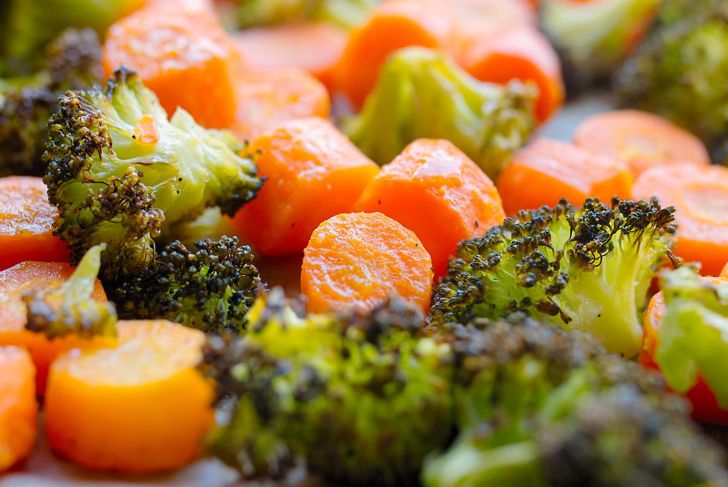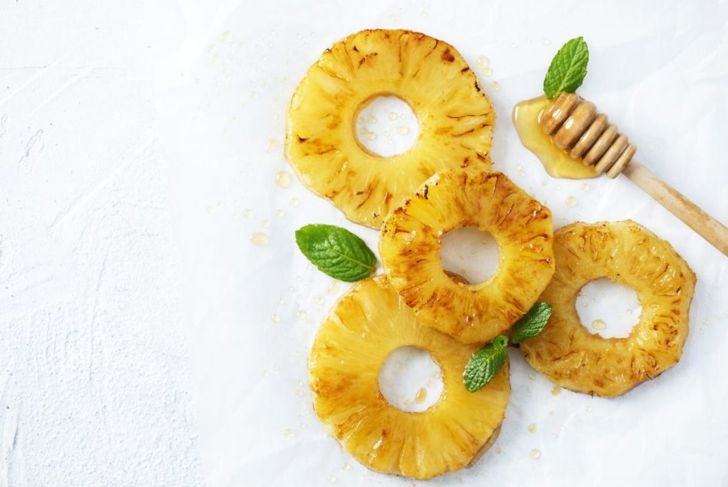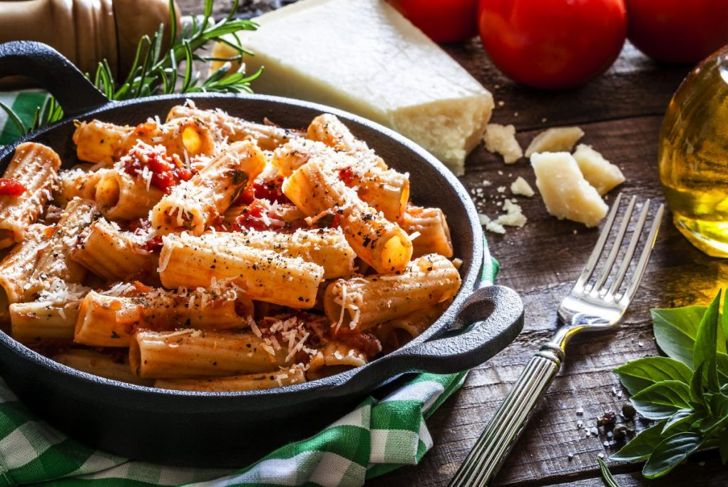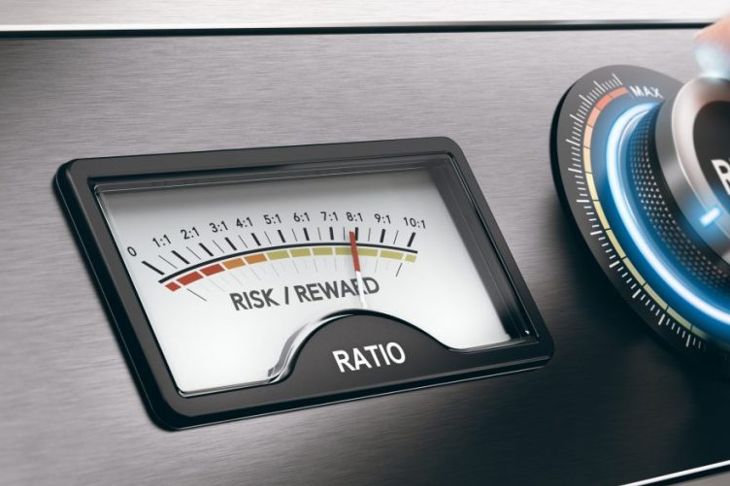A low-residue diet is a generally a doctor-recommended diet prescribed to people with certain digestive issues or diseases. By following this diet, one reduces the frequency and volume of bowel movements, while at the same time prolonging transit time in the intestinal tract. The low-residue diet limits the intake of indigestible carbohydrates. One reduces the number of fruits and vegetables they consume, and when these foods are eaten, they are well-cooked or canned. Legumes, seeds, and nuts are eliminated from the low-residue diet entirely. Whole-grain bread and cereals are avoided and replaced with refined foods instead.
What is Residue?
The digestion process is not 100 percent efficient. Everything we eat is digested so that our body can extract the vitamins, fats, proteins, and calories we need. Anything left over after this process is known as “residue.” Residue is waste, a nicer name for fecal matter. Certain foods increase the volume of waste, while other foods can cut down on the volume.
Why Eat a Low-Residue Diet?
The goal of the low-residue diet is to give the bowels a rest. It is recommended for people with inflammatory bowel disease, Crohn’s disease, and ulcerative colitis. Your doctor may order this diet before and after intestinal surgery. The low-residue diet is also useful for people who develop tumors in the intestines. This is not a diet you partake in year-round; it is meant only as a temporary rest for the digestive system.
Low-Residue Diet Vs. Low Fiber Diet
A low-residue diet differs from a low-fiber diet in many ways. While both limit intake of fruits, vegetables, legumes, nuts, and whole grains, a low-residue diet has many other restrictions that go beyond limiting fiber. Low-fiber diets generally recommend getting only 5 to 15 grams of fiber per day. Low-residue diets, on the other hand, go beyond this, cutting out foods like prune juice, leafy vegetables, bran cereals, popcorn and limiting dairy.
How the Low-Residue Works
When you eat the recommended foods for the low-residue diet, you will not need to use the bathroom as often. While high fiber does not in and of itself cause the problems experienced by people with digestion issues, it does encourage more bowel movements. This diet reduces the frequency and intensity of bowel movements, which can be a great advantage to patients suffering from digestive diseases. People with Crohn’s disease, for example, can reduce their painful experiences if they have fewer bowel movements.
A Pre-Colonoscopy Diet Alternative
If you have ever had a colonoscopy, you may remember your required diet for the days preceding the exam. The traditional diet before a colonoscopy is chicken broth and Jello, which can leave you feeling drained, weak and hungry on the day of your exam. Enter, the low-residue diet. Researchers have discovered this diet makes people less hungry and less prone to lethargy before exams. Many people avoid colonoscopies due to the former diet. The low-residue diet provides you with better food selections and accomplishes the same result.
Low-Residue Diet Can Make Symptoms Worse
For some people with digestive diseases such as Crohn’s disease, flare-ups can occur if they eat foods in the low-residue diet, specifically dairy and foods that contain gluten. The proteins present in dairy and gluten can exacerbate symptoms of many digestive diseases, causing more harm than good. You should always work with your doctor and a certified nutritionist before taking on any new diet.
Not All Fiber is Off Limits with the Low-Residue Diet
Your doctor and nutritionist may recommend a few foods with fiber in them, as some foods contain smaller amounts of this nutrient. Doctors may recommend adding oats, ground flax seeds, or cooked fruit to the low-residue diet. These provide enough fiber to make the stool a bit thicker, without overly increasing bowel movement count. These foods can help someone who has diarrhea or very soft stool.
Foods in a Low-Residue Diet
These foods are considered acceptable for the low-residue diet: Canned fruits without seeds or skin Cooked vegetables with no skin or seeds Cooked potatoes without skin Dairy products Decaffeinated coffee, tea, and carbonated beverages Eggs Fish Fresh fruit (no seeds): ripe bananas, soft cantaloupe, and honeydew Ice cream Juices made without seeds or pulp Noodles Meat (try to avoid red meat and any tough meat) Poultry Puffed rice and corn flakes Refined pasta Tomato sauce White bread (no nuts or seeds) White riceNot everyone likes to eat all the foods on the low-residue diet list. Additionally, some people may be adversely affected by certain foods. This food list is varied enough that most people can find foods that work for them.
Making Vegetables and Fruits Low-Residue
You do not have to avoid all fruits and vegetables while on this diet. Many people skip out on these very two important food types when on the low-residue diet, and this can cause required amounts of nutrients to drop too low. Instead of abstaining completely, people eating the low-residue diet can modify the fiber levels in these foods. Skinning and then cooking high-fiber foods can have this effect. Also, more tender fruits and vegetables tend to have lower fiber content.
Long-Term Risks of Eating Less Fiber
Dietary fiber offers many health benefits that go well beyond simply helping to regulate bowel movements. Many Americans already consume less than half of the USDA recommended daily fiber intake. According to research, consuming insufficient fiber can lead to heart attack and cardiovascular disease. Fiber also has a direct link to satiety, which is how the body determines it is full and to stop eating.

 Home
Home Health
Health Diet & Nutrition
Diet & Nutrition Living Well
Living Well More
More




















